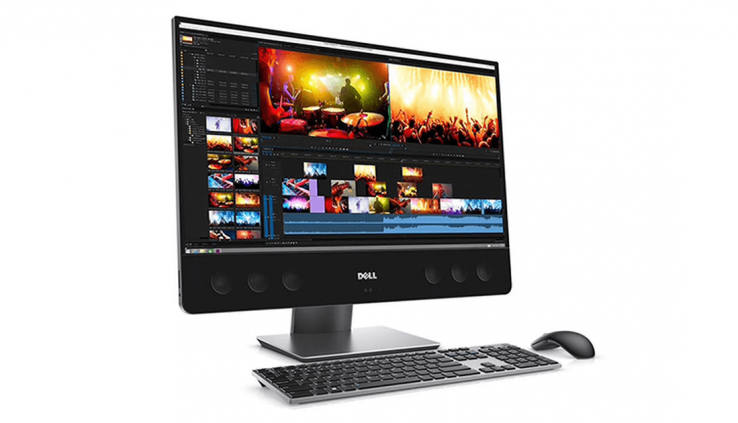Professional Streaming Productions Require Computer Hardware That’s Up to the Task
By Adam Noyes
Live streaming is a process with a lot of variables. While anybody can stream on devices from a smart phone to a super computer, the more sophisticated your stream the more processing power and strain you’ll put on your computer. Luckily Telestream is here to help, with a great guide on how to build a reliable computer for live streaming. Check out some highlights from that article, below.
We take a look under the hood and explore the four main hardware components that directly affect performance when building or configuring a streaming workstation.
While live streaming production quality can vary considerably, shows with higher production value do a much better job of attracting and retaining viewers. The advent of powerful streaming software applications has made it possible for anyone to create broadcast-quality productions. Running a powerful, real-time software application demands a certain amount of horsepower from the computer it is being run on. While recommended system requirements are published to guide users wishing to “roll their own” workstation for the purpose, it helps to have some basic knowledge about the unique demands of real-time streaming.
If you have basic workflow requirements, you can, in most cases, buy any reasonably equipped modern machine and you’ll probably be fine. If your workflow requirements are more professional—having four simultaneous instant replays available from recorded ISO files, three monitor outputs (one for a multi-viewer, one for the audio mixer, and one for the user interface plus program out) —that’s where correctly configuring a capable machine can get really difficult for some users. What about source video playback? Do you need the ability to handle 4K? 3D titles? The more you want to do and the better you want to do it, the more sophisticated the machine has to be, and that takes knowledge about precisely what your computer hardware can do.
First Things First
Since we are discussing a video streaming workflow, it probably goes without saying that knowing the bitrate you want your output streams to be versus how much upload bandwidth you have available from your ISP is critical to your overall success. It’s recommended that your upload speed be at least double your selected output video bitrate to allow for any additional headroom you might need. This is especially important for target bitrates of 10Mbs or less. Once that limiting factor is out of the way, then we can talk about the computer hardware necessary to run streaming software to its full potential. For a typical workflow, we need to not only successfully encode a live stream so that viewers can see it, we also need the ability to create layers, add titles, music, effects or other elements that give your show the high production value it deserves.
Doing all that in real time takes horsepower, so let’s look at the four main areas of hardware components that will affect your streaming capacity and performance:
- CPU and RAM
- Motherboard
- GPU (graphics and the potential for encoding streams)
- Storage (for both operating system and media)

